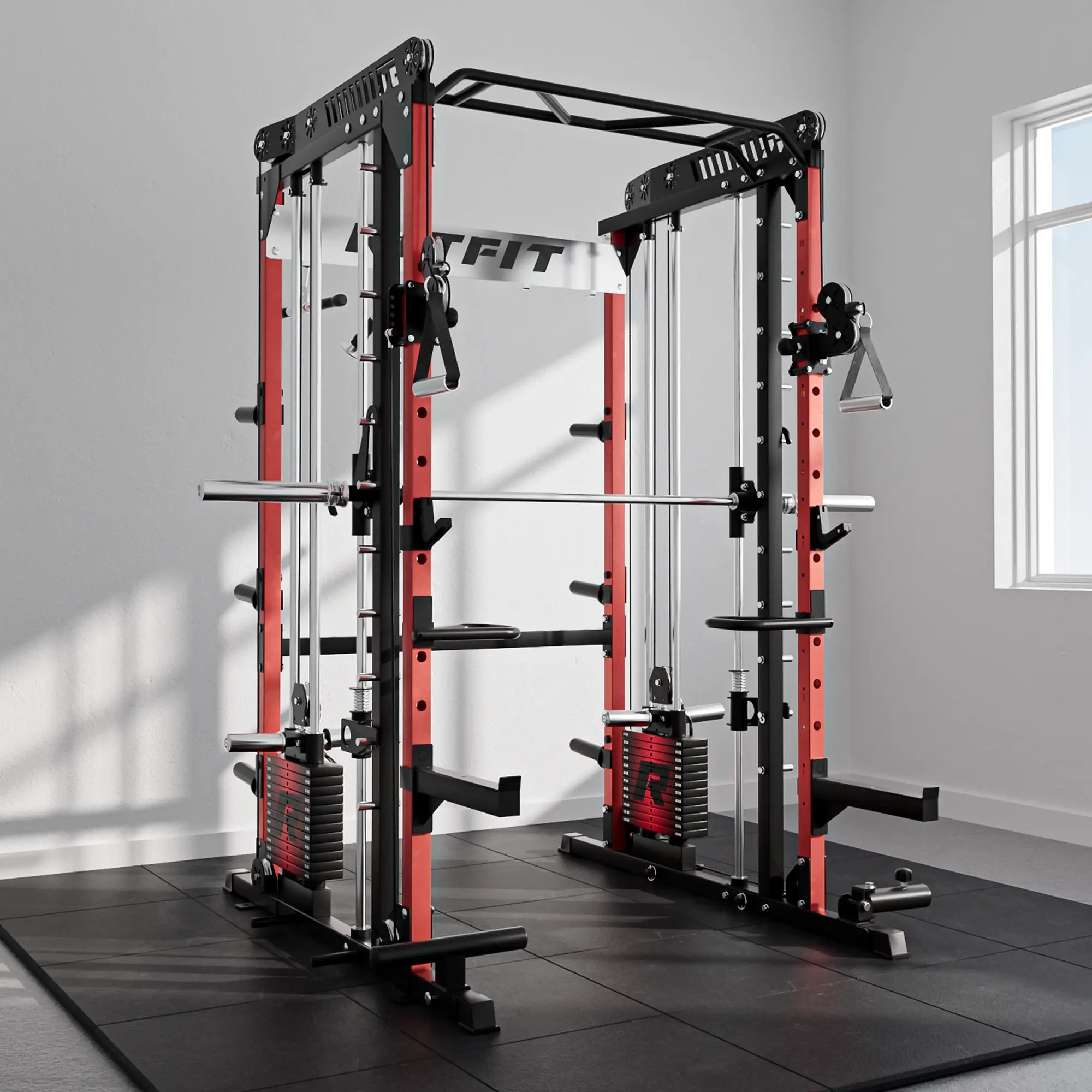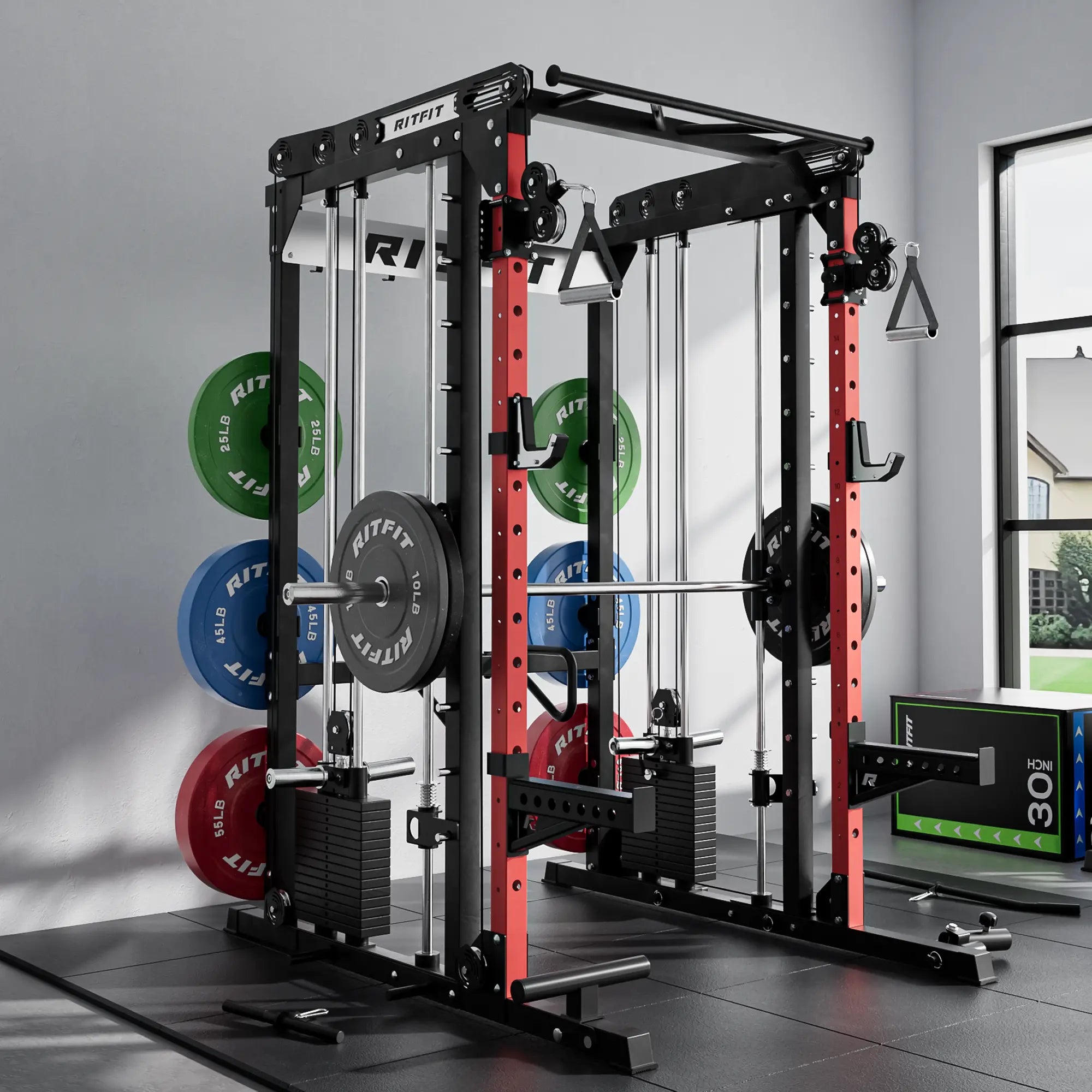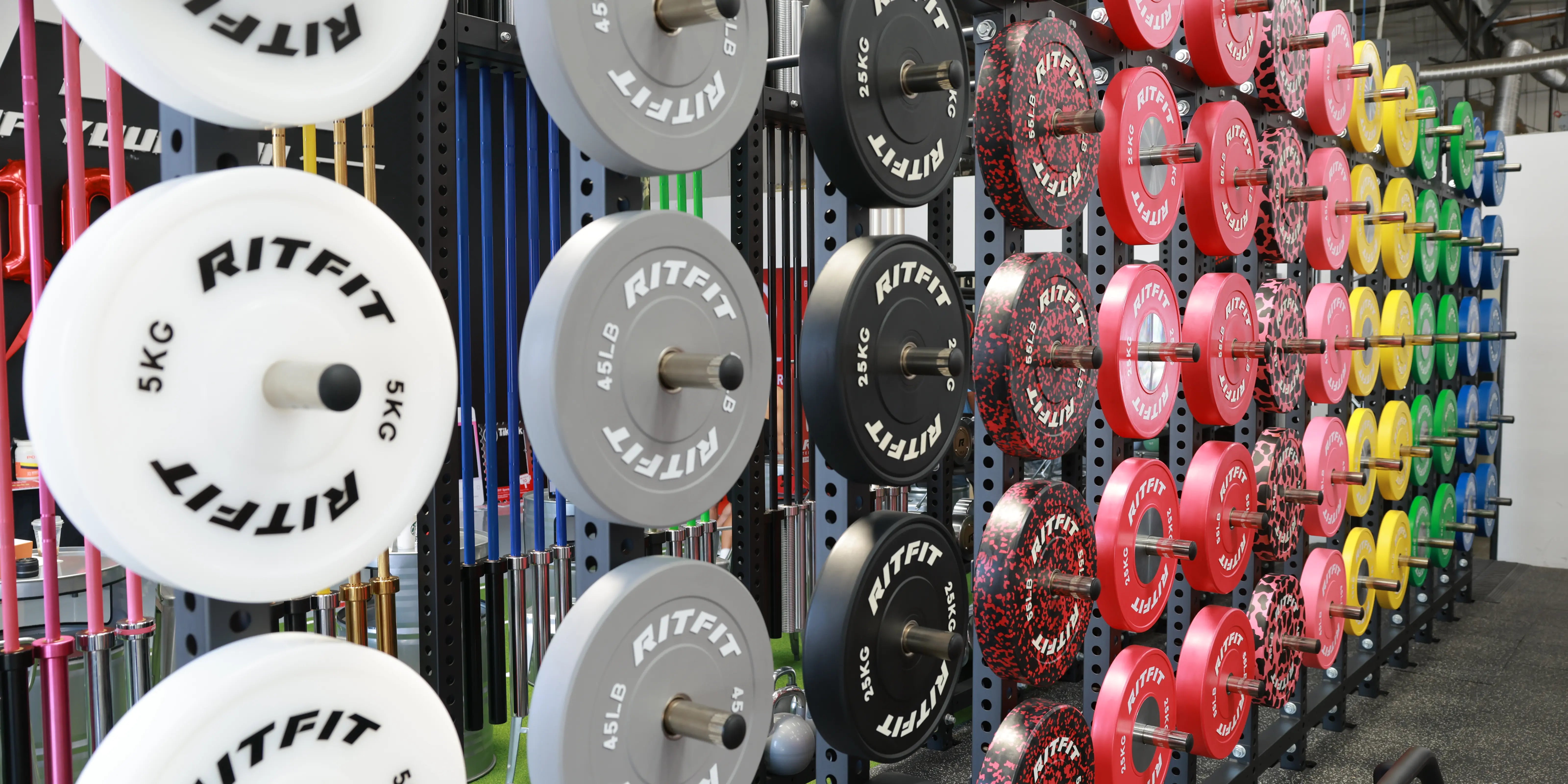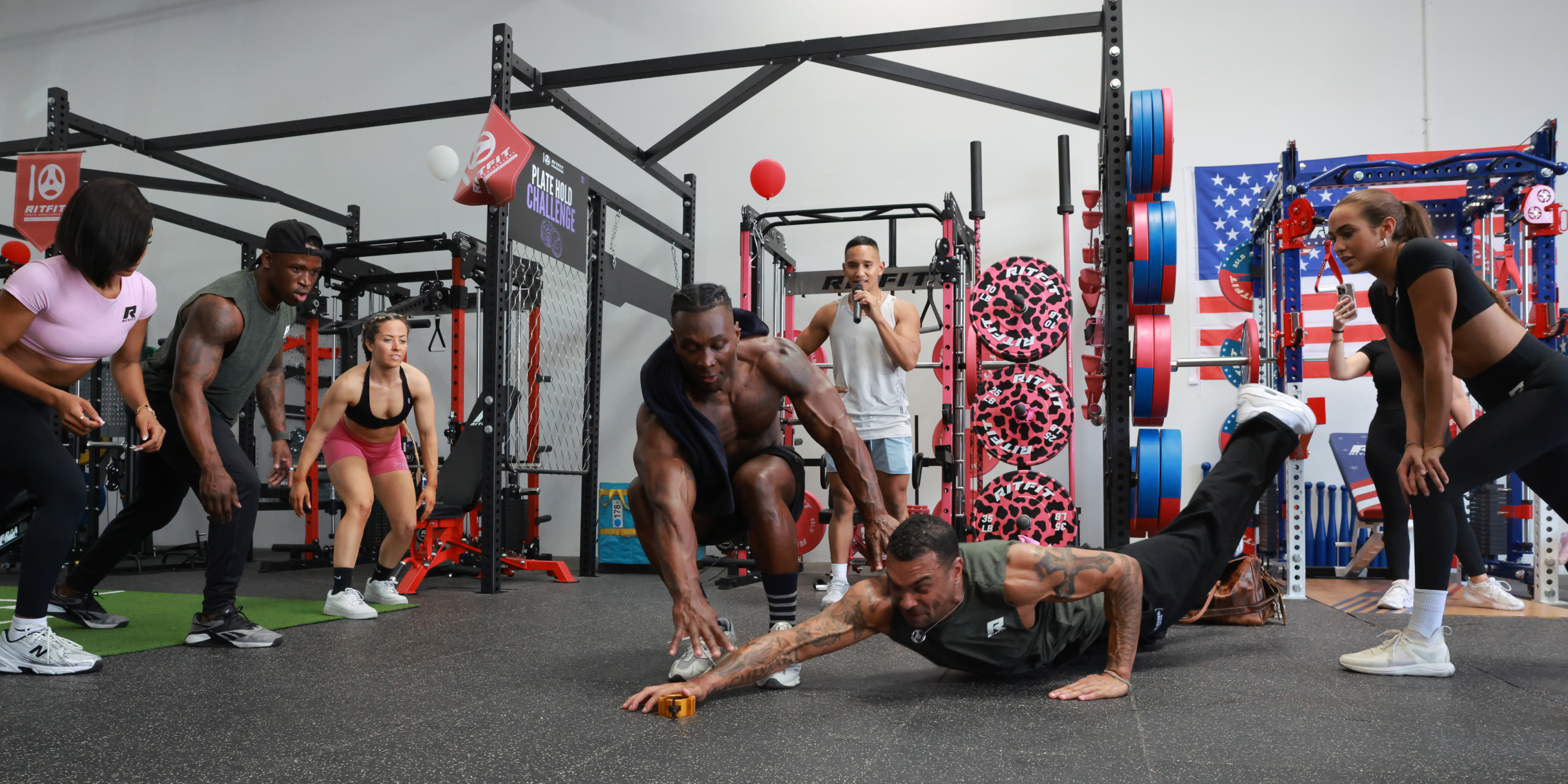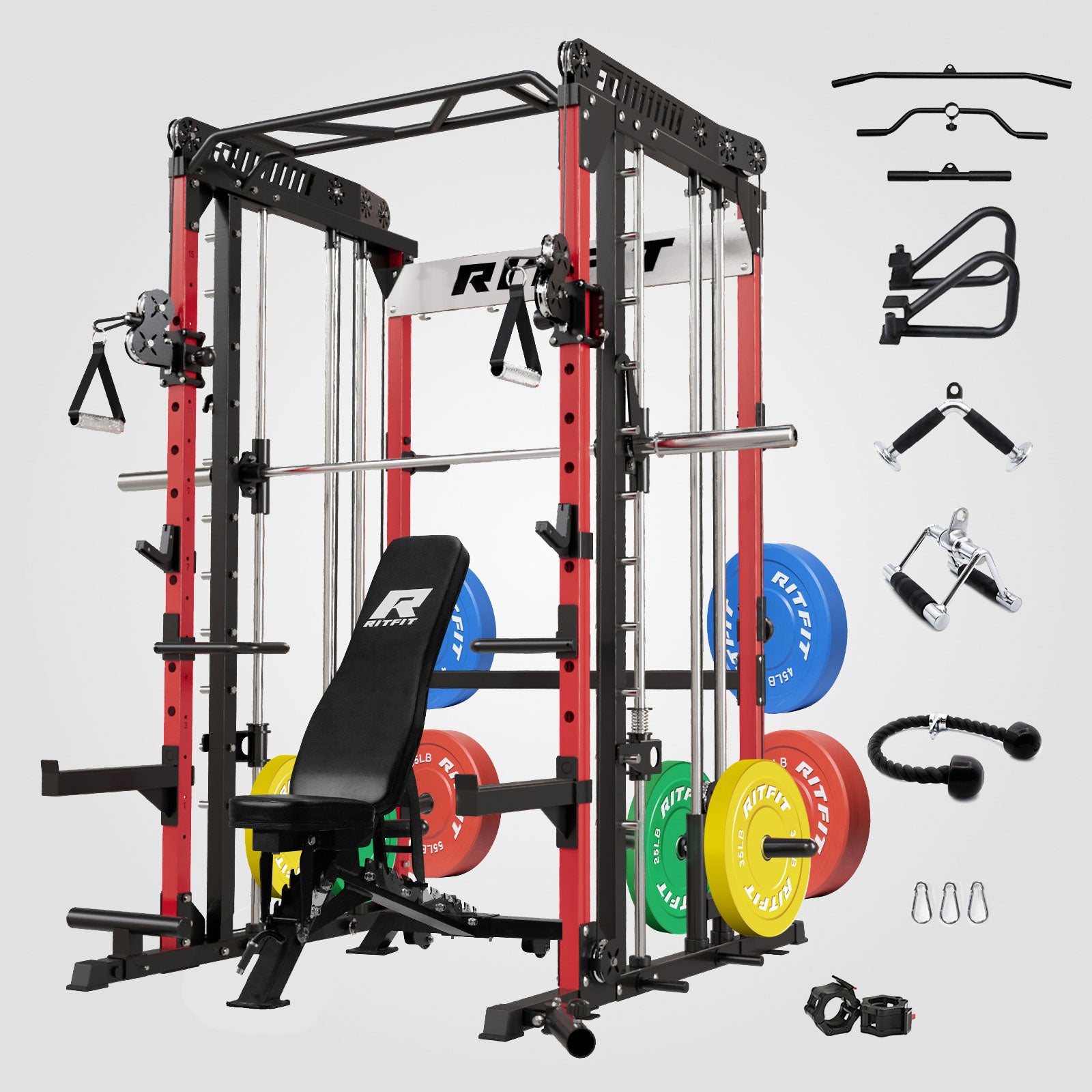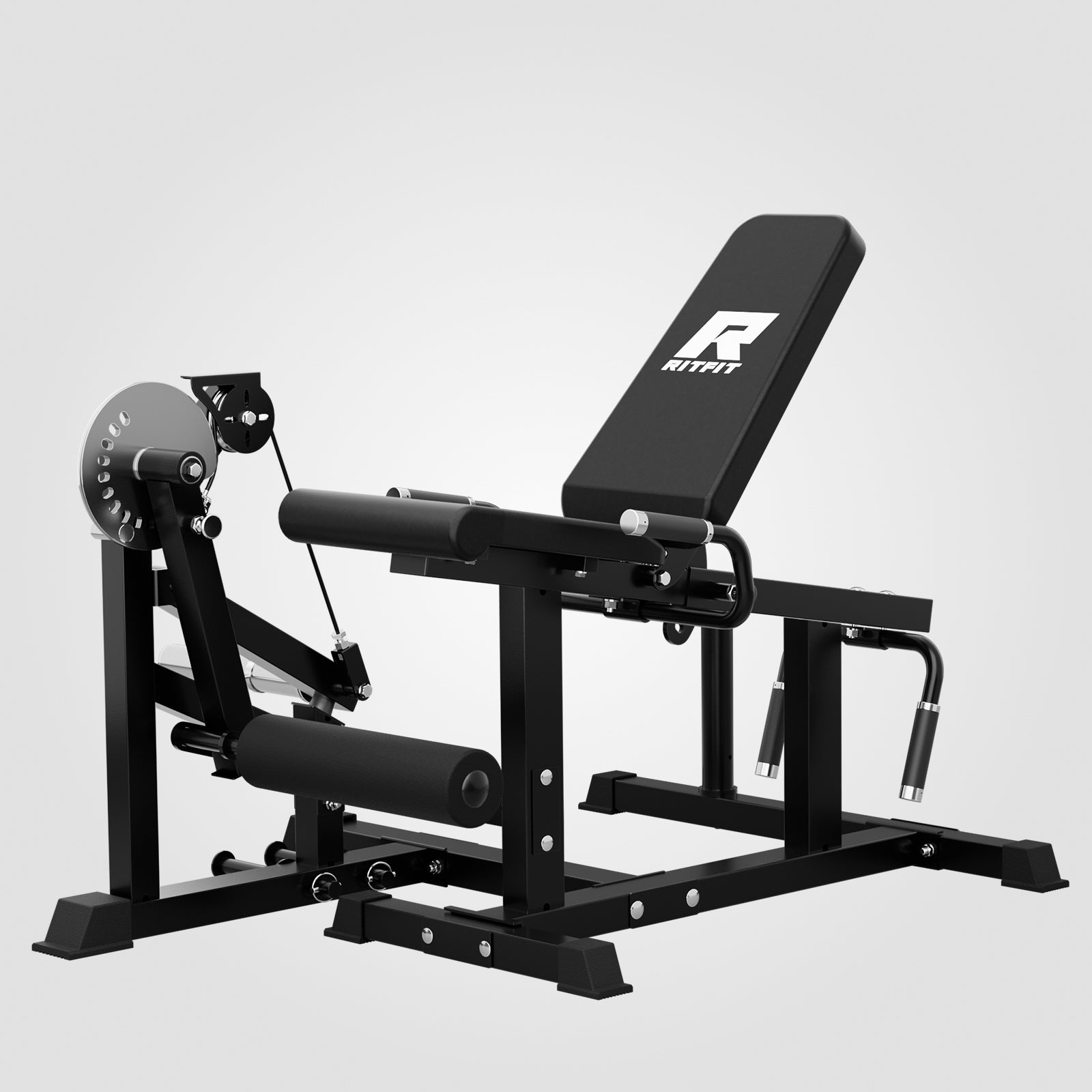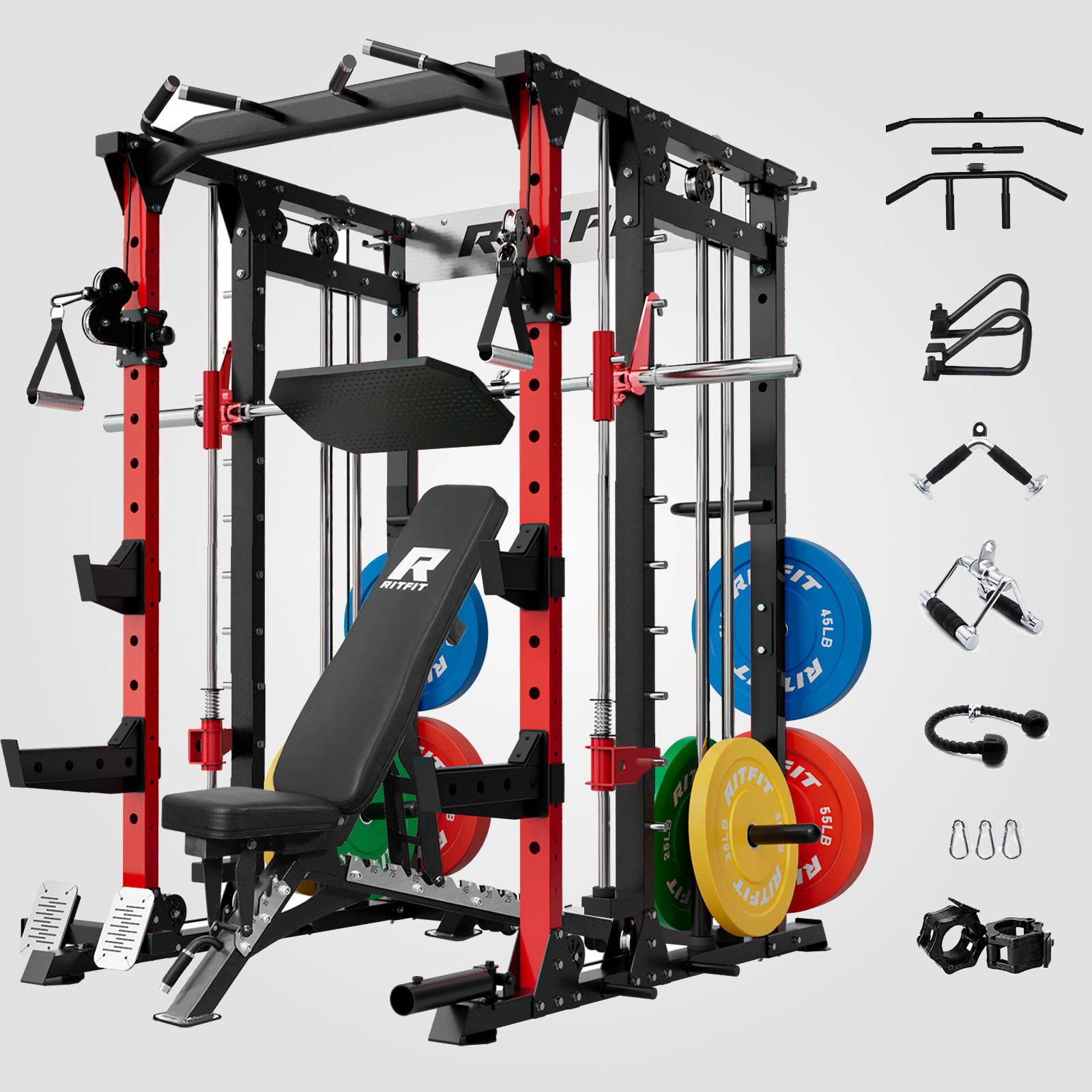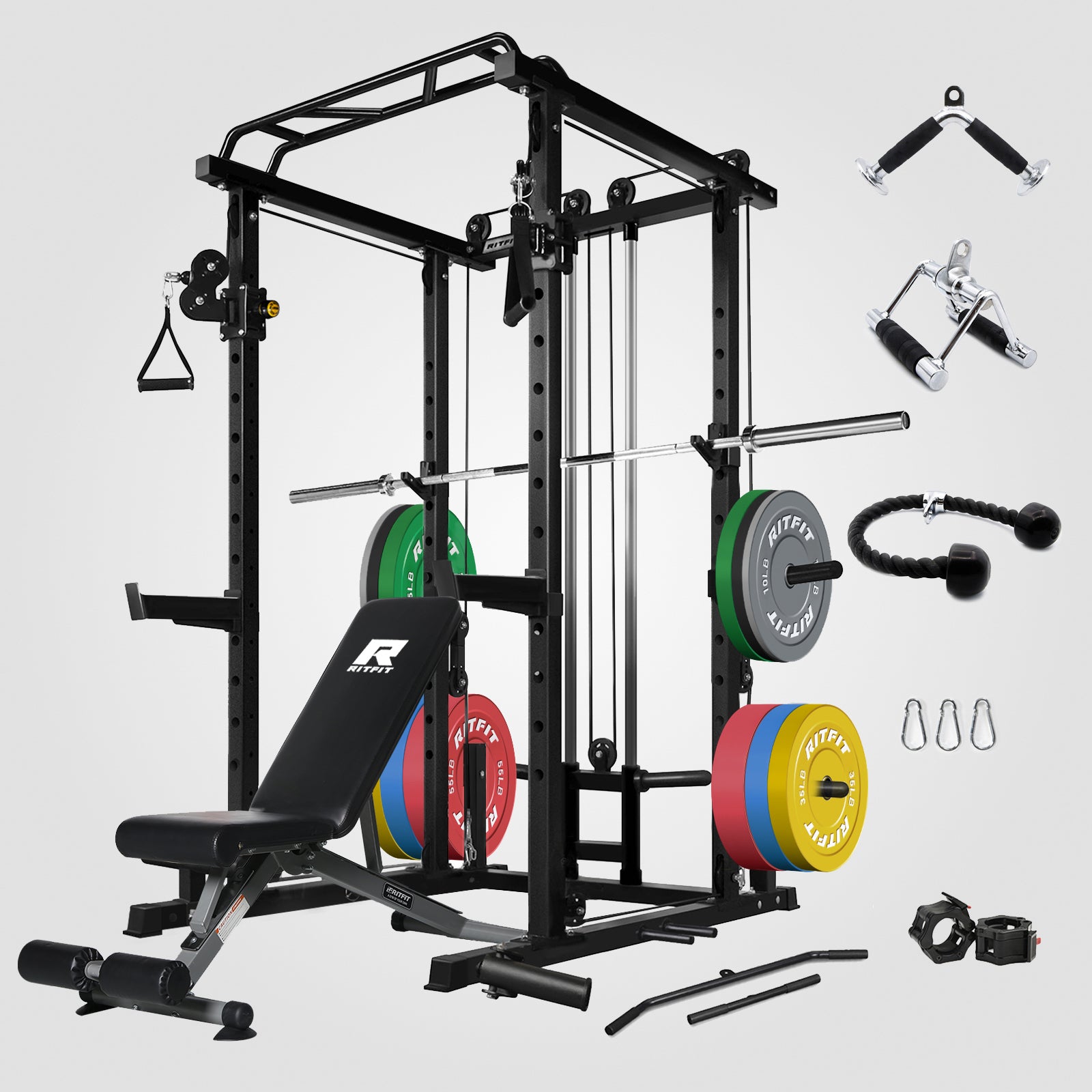Table of Contents
- Introduction to Safe Exercise During Pregnancy
- Is It Safe to Exercise During Pregnancy?
- Essential Safety Tips for Prenatal Workouts
- Best Exercises for Pregnancy
- Activities and Exercises to Avoid
- Pregnancy Fitness FAQs
Introduction to Safe Exercise During Pregnancy
If you’re wondering if it’s safe to exercise during pregnancy, we have some good news: it is perfectly safe. In fact, it’s one of the best things you can do for your body and your baby.
When it comes to your physical health, working out will reduce back pain, improve cardiovascular health, and build strength for the demands of motherhood.
It will also greatly benefit your mental health as well. Exercise acts as a powerful mood booster and stress reliever, which is useful for any pregnancy.
However, before you begin, there is one thing you must do.
Is It Safe to Exercise During Pregnancy?
This step is non-negotiable.
You must speak with your doctor, gynecologist, or other healthcare provider. They know your medical history, important details related to your pregnancy, and can give you personalized advice based on your unique health and fitness levels.
They, and only they, can give you the green light to proceed with the workout plan. They will confirm exercise is safe for you and can give you realistic health and fitness goals to aim for.
Assuming you’ve gotten their blessing, we can proceed with your exercise plan!
Essential Safety Tips for Prenatal Workouts
At this point, you’ve spoken to your doctor, and it’s time to start exercising…
Not so fast.
Before you begin, you need to be aware of a few simple rules.
These rules will help you exercise safely and avoid undo harm to your baby:
Use the “Talk Test”
This is the easiest way to check if you’re training at moderate intensity (the recommended intensity level during pregnancy). Essentially, you should be able to talk and hold a conversation during exercise activity. If you’re grunting or holding your breath, your workout is likely too intense, and you should slow things down and/or use lighter weights.
Hydration
Your body’s demand for water increases during pregnancy to support your baby. Keep your water bottle handy and don’t be afraid to refill it frequently. A good rule of thumb is to take a sip at least every 15 minutes.
Avoid overheating
A significant rise in your body’s temperature can be harmful to your baby’s development. To combat this, work out in a well-ventilated space, wear loose, breathable clothing, and stop exercising immediately if you feel dizzy or stop sweating.
Master your form
Focus on controlling movements as opposed to maximizing weight used or speed. Pregnancy is the time for maintenance, not for setting personal records. Opt for a slow, deliberate tempo during each movement.
Check your gear
Your stability is different now, so a quick safety check before each workout is crucial. Check that your adjustable bench is locked firmly in place, that you have set the weight stack pin to the right level, and that there are no stray plates or other trip hazards around you.
Warm up and cool down
Dedicate 5-10 minutes before and after each workout to warming up and to cooling down. An active warmup includes dynamic movements to increase blood flow, while your cooldown should focus more on static stretches.
Best Exercises for Pregnancy
While there are tons of exercises that you could do, we’ll focus on the select few that build functional strength for pregnancy and motherhood.
Cardio (without a treadmill)
- Bodyweight circuits: Perfect for a safe and effective cardio session. Perform a circuit of bodyweight squats, lunges, and wall push-ups to get your heart rate up.
- Kettlebell swings: Light kettlebell swings are perfect for building posterior chain strength. Use your glutes to drive the movement.
- Controlled step-ups: This is a great low-impact cardio exercise that also builds stability. Use a plyo box, hold on to a wall for assistance if needed, and focus on a controlled pace.
Strength & stability
- Goblet squats: This squat version is perfect for pregnancy, as holding a dumbbell in front of you acts as a perfect counterbalance to your new center of gravity.
- Sumo deadlifts: The wide stance of sumo deadlifts makes them a better choice since it allows for more space for your growing belly.
- Single-arm rows: A strong back is essential for supporting your posture as your belly grows. Performing them one side at a time will also improve your core strength, as you’ll activate those muscles to resist rotation.
- Smith Machine squats: Conventional squats can feel unstable because of your new center of gravity. Using a Smith Machine allows you to perform this exercise with a physical and mental safety net.
Pelvic floor exercises
- Kegels: While not specifically a gym movement, this exercise is worth mentioning since it can be done anywhere, equipment-free, and it’s crucial to a faster postpartum recovery.
Activities and Exercises to Avoid
While there are a lot of exercises and activities that are perfectly safe to do, there are some that pregnant women should avoid at all costs.
These include any activities with a high likelihood of falling or abdominal trauma.
Some of the activities to avoid include:
- Contact sports (basketball, soccer, etc.)
- Skiing, snowboarding, horseback riding, etc.
- Outdoor cycling (due to the fall risk)
In addition to those, you should avoid any activities with pressure or temperature risks. These include (but are not limited to):
- Exercises lying flat on your back
- Hot yoga or pilates
- Scuba diving
- High altitude exercises
Pregnancy Fitness FAQ
Still have questions?
We have you covered.
1. What equipment is most versatile for pregnancy?
For maximum versatility, a good yoga mat is a great starting point. Then a pair of resistance bands is a good option (and travel-friendly too). Finally, a set of dumbbells or kettlebells will allow you to perform hundreds of exercises during your pregnancy.
2. How much exercise should I aim for?
Most doctors recommend 150 minutes of exercise per week. You can break this down into multiple shorter daily workouts, or just have 2-3 longer workouts per week.
3. How to modify my workouts for pregnancy?
Think maintenance, not records. Reduce your weight significantly (50-70%), increase repetitions, and focus on perfect form.
4. What are the warning signs I should stop exercising?
Any sort of vaginal bleeding, chest pain, or heart palpitations. Additionally, if you’re feeling dizzy or are short of breath (that doesn’t resolve with rest), you should stop exercising immediately.
Conclusion
As you can see, exercising during pregnancy is not impossible and is certainly not something to be scared of. You just need to approach it carefully, with realistic expectations and with a flexible mindset.
Ultimately, if you listen to your body and embrace the journey you will continue to build the functional strength you will need in your new role as “Mom”.

